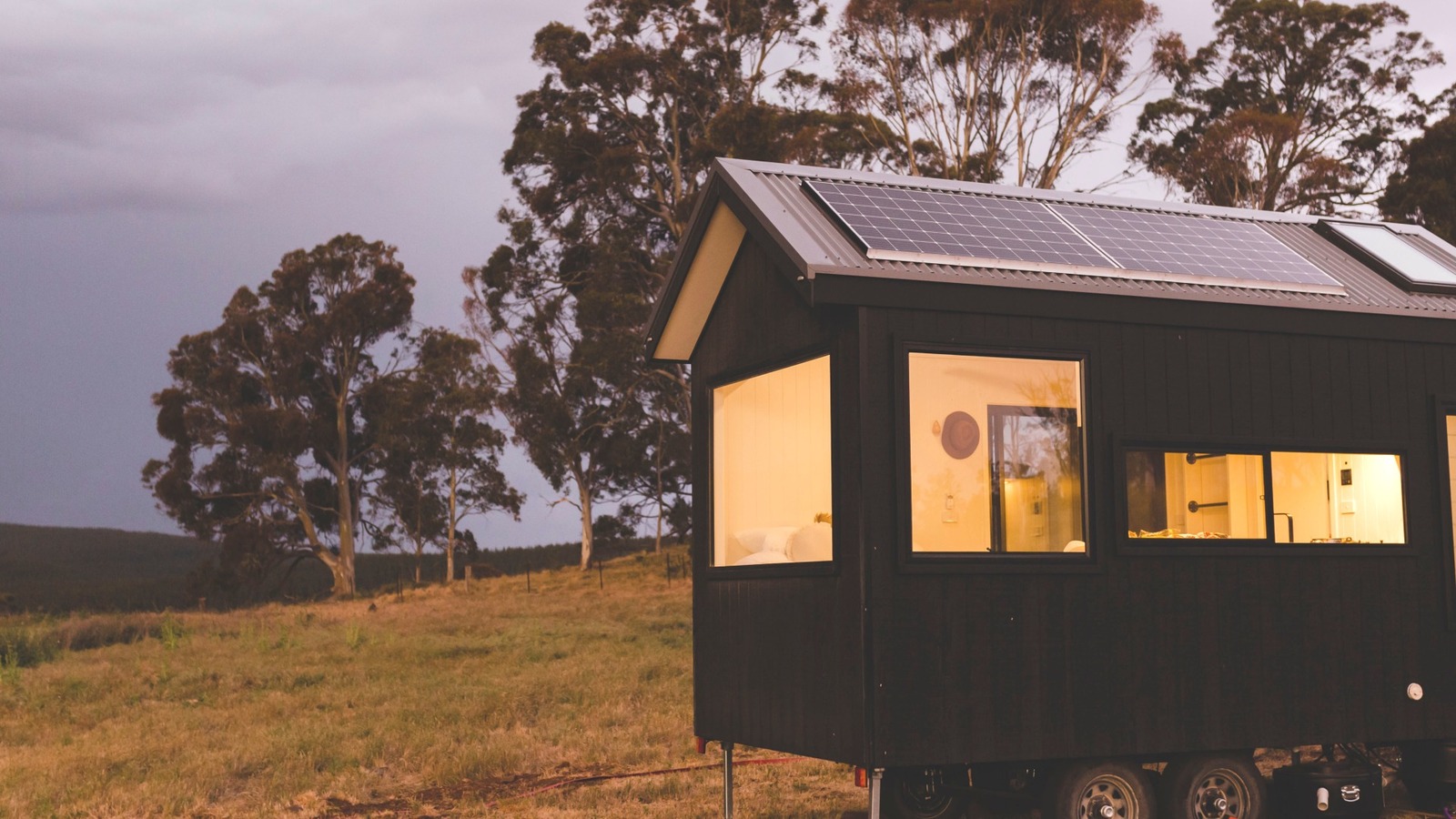Calculating the Number of Solar Panels Needed for a Tiny Home

When it comes to powering a tiny home, the size of the house doesn’t necessarily correlate directly with the amount of energy it consumes. Even though tiny homes are significantly smaller than traditional houses, they still require many of the same power-hungry appliances like phones, televisions, refrigerators, computers, and internet routers. However, due to the limited space in a tiny home, there tends to be only one of each device, resulting in overall lower energy usage, especially when it comes to heating, air conditioning, and lighting.
To determine how much energy your tiny home will require, it is recommended to analyze your past energy bills. By comparing bills from both summer and winter months, you can get a better understanding of your heating and air conditioning costs. Typically, looking at bills from milder months when climate control is minimal will give you a good baseline estimate of your energy needs.
For areas with hot summers, the difference in energy consumption between July and April can be significant due to decreased air conditioning usage in April. By estimating your consumption based on more neutral months, you can better understand your potential energy needs in a tiny home where air conditioning costs are typically lower. Calculating your total energy consumption from bills and dividing it by the number of days in the month will give you a useful figure for the next steps.
If you prefer a more structured approach, you can follow the U.S. Department of Energy’s guide, which involves adding up the consumption rates of major appliances in your home. This method provides a fairly accurate estimate that can be helpful for further planning. For those who want to skip the math, there are popular solar panel guides available that suggest around 22,000 watt-hours per day as a standard energy requirement for a tiny home. While this estimate can serve as a starting point, it may not be as precise as calculating your unique consumption patterns.





